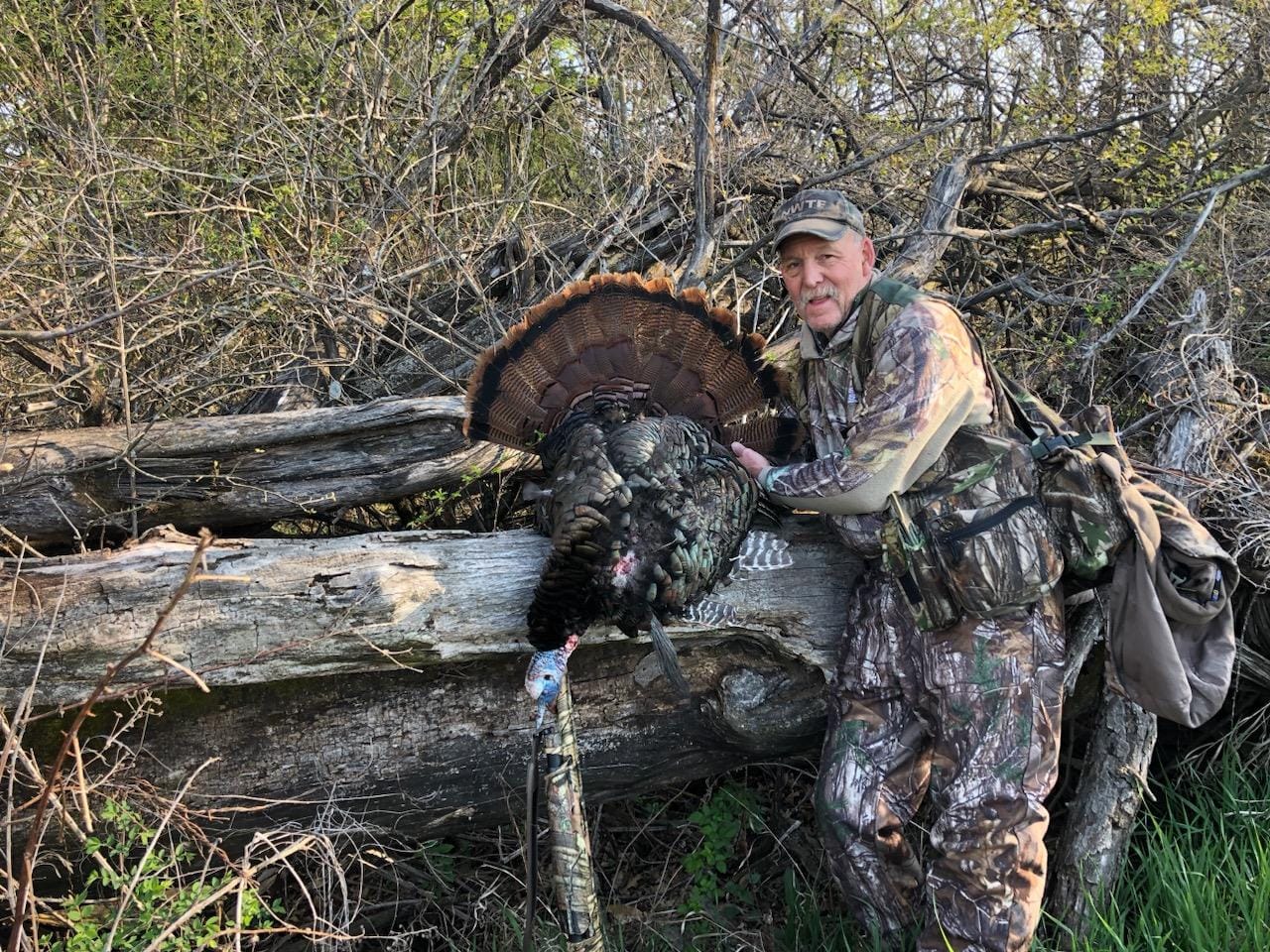Hunting turkeys in dense cover presents a unique challenge. Unlike open fields where you can spot a gobbler strutting from hundreds of yards away, thick woods, brush, and overgrown terrain force you to rely more on sound, patience, and strategic calling techniques. Calling in a gobbler you can’t see requires finesse, an understanding of turkey behavior, and the ability to set up in the right location. This guide will walk you through the best strategies to successfully hunt turkeys in thick cover.
Understanding Gobbler Behavior in Thick Cover
Turkeys behave differently in dense woods compared to open areas. While a field gobbler may strut in the open, a woodland bird is often more cautious, using thick cover to stay hidden from predators. Here’s what you need to know:
- Gobbler Movement – In thick cover, turkeys will take their time approaching calls, weaving through natural obstacles rather than making a direct approach.
- Call-Shy Birds – Because gobblers cannot see the “hen” they hear, they may be more hesitant to come all the way in without visual confirmation.
- Preferred Terrain – Gobblers in wooded areas often follow ridges, creek bottoms, and logging roads where movement is easier.
Your goal is to position yourself in a way that encourages the gobbler to move into range while making him believe the hen is just out of sight.
Scouting for the Best Setups
Proper scouting is key when hunting in thick cover. Since visibility is limited, knowing where turkeys travel helps you set up in high-odds locations.
1. Look for Turkey Sign
- Scratched-up Leaves – Turkeys dig through leaf litter searching for insects and acorns, leaving distinct marks.
- Feathers and Droppings – Finding fresh droppings (white and chalky for hens, J-shaped and dark for gobblers) confirms turkey activity.
- Dusting Areas – Open patches of dirt where turkeys bathe in dust are good ambush sites.
2. Identify Travel Routes
Turkeys often follow terrain features that make movement easier. Prime locations include:
- Ridges and Saddles – Gobblers often travel along ridgelines or through low spots (saddles) between hills.
- Creek Bottoms – Water sources and soft soil attract turkeys looking for food.
- Old Logging Roads – These provide easy walking paths through otherwise dense forest.
3. Find the Roost
Turkeys roost in trees at night and fly down at first light. Identifying roost locations allows you to set up nearby before dawn and be ready when birds hit the ground.
Calling Strategies for Thick Cover
Since gobblers rely on both sight and sound to locate hens, calling in thick cover requires some adjustments:
1. Use Softer, More Realistic Calling
- In open fields, loud, aggressive yelps can pull in distant gobblers. In thick cover, however, softer clucks, purrs, and subtle yelps work better.
- Gobblers expect a hen to be close if they hear her in thick brush. If you’re too loud, they may hang up, waiting for visual confirmation.
2. Play Hard to Get (Cut Off Calling)
- Instead of calling constantly, call sparingly. If a gobbler responds, go silent for a few minutes. This makes him think the hen is leaving, triggering his instinct to seek her out.
- If he gobbles again and seems closer, keep waiting—he’s already working his way toward you.
3. Call from an Off-Angle
- Gobblers will often stop at the last obstacle between them and the source of the call. Instead of calling directly where you plan to shoot, place the call off to the side so the bird naturally moves into your shooting lane.
Setting Up for Success
1. Use Natural Cover to Your Advantage
- Pick a spot with good back cover to break up your outline.
- Sit near a tree wider than your shoulders for protection and camouflage.
- Keep your shooting lanes clear but don’t over-trim—turkeys notice sudden changes in the environment.
2. Stay Ready at All Times
- Turkeys can approach silently, especially in thick woods where sound is muffled. Keep your gun or bow in a shooting position.
- Avoid excessive movement—shift only when absolutely necessary.
3. Use a Decoy Wisely
- In thick cover, a single hen decoy placed within 20 yards can be effective.
- Avoid using a strutting tom decoy in close quarters—it might intimidate cautious gobblers instead of drawing them in.
Handling Hung-Up Gobblers
One of the biggest frustrations in turkey hunting is when a gobbler gets close but refuses to come into range. This happens often in thick cover because the bird expects to see a hen but doesn’t. Here’s how to handle it:
1. Move Backward
- If you have enough cover, quietly crawl backward 20-30 yards while calling softly. This makes the gobbler think the hen is leaving, forcing him to close the distance.
2. Change Call Positioning
- If using a mouth call, try switching to a slate or box call and place it a few feet away. This creates an illusion of movement.
3. Use the “Leaf Scratch” Trick
- Lightly scratching the ground with your hand mimics a feeding hen, adding realism to your calling sequence.
Final Thoughts
Hunting turkeys in thick cover is a game of patience, strategy, and precise calling. By scouting the right areas, using subtle calling techniques, and setting up properly, you can bring a gobbler into range even when you can’t see him. Adjust your tactics based on how the birds are responding, and remember—sometimes the best move is simply sitting still and letting curiosity bring that tom straight to your gun.
With these strategies in mind, you’ll be well-prepared to call in a wary gobbler, even in the densest of cover. Happy hunting!


